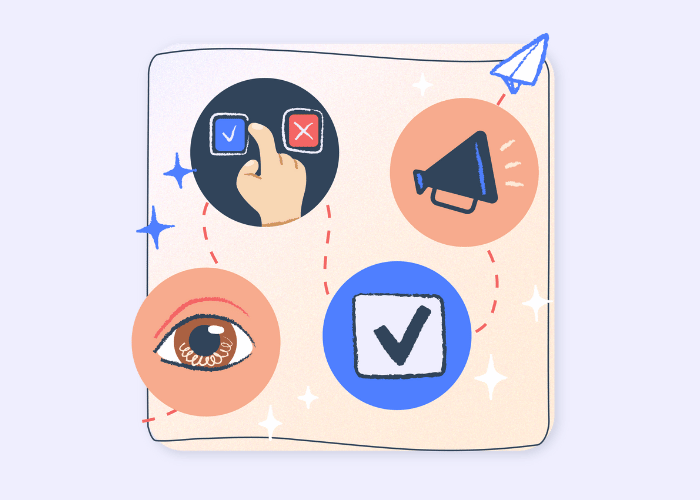Evaluate your existing channels and content:
Are blog posts being read and shared? Are your emails opened? Are your mailings converting? Do social media posts receive engagement? Use this to identify what’s working and what’s not – then apply those insights to your editorial planning.

.png?width=700&height=500&name=Fundraising%20Tips%20Communication%20Plan%20(no%20bg).png)


